SnapPy
What is SnapPy?
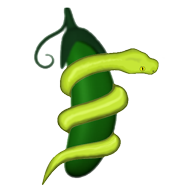
SnapPy is a program for studying the topology and geometry of 3-manifolds, with a focus on hyperbolic structures. It runs on Mac OS X, Linux, and Windows, and combines a link editor and 3D-graphics for Dirichlet domains and cusp neighborhoods with a powerful command-line interface based on the Python programming language. You can see it in action, learn how to install it, and watch the tutorial.
News
Version 3.2 (January 2025):
An alternative implementation of the length spectrum. It supports verified computations and is significantly faster in some cases. See
length_spectrum_altandlength_spectrum_alt_gen.isometry_signaturenow also works for closed manifolds.A paper plane or eye ball in the
inside_viewshowing the position and bearing of the user in the hyperbolic manifold. By default, we now show the paper plane instead of the edges of the triangulation so that the view is intrinsic to the manifold. The geodesics window now also features a button to put the camera onto a geodesic. Here are some examples: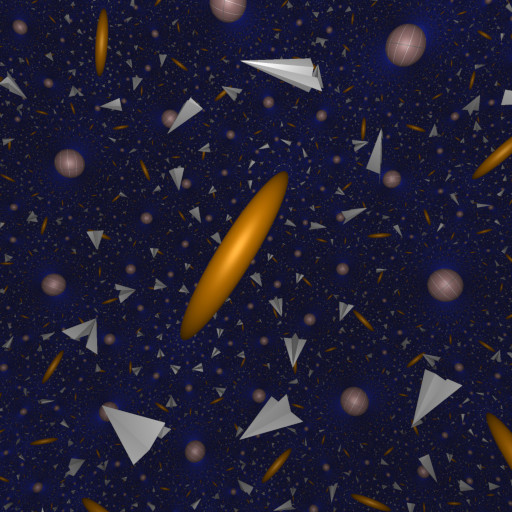
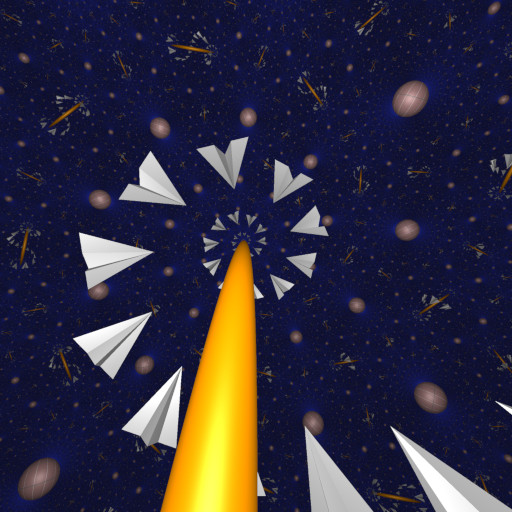
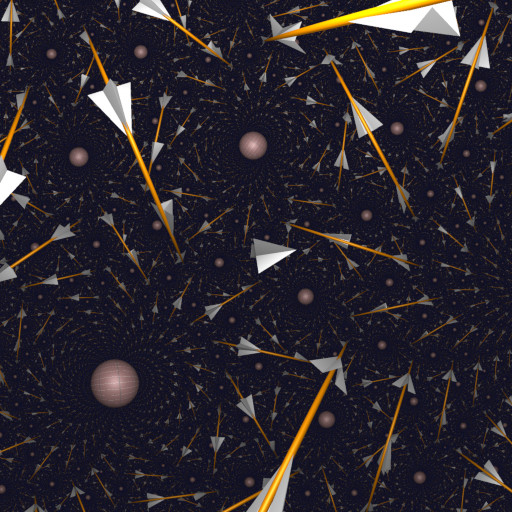
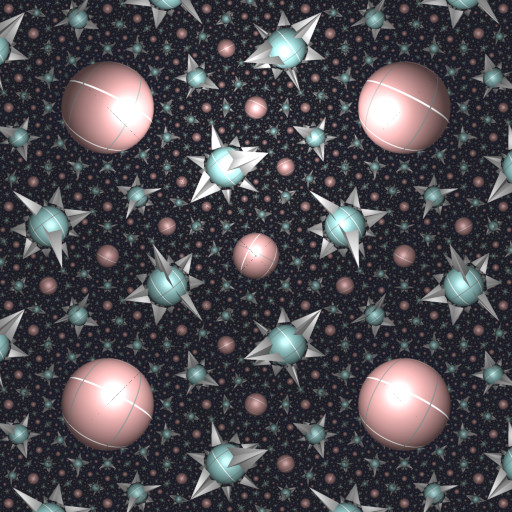
A faster and more robust algorithm to the compute maximal cusp area matrix. The new algorithm is now the default for
cusp_area_matrix(),cusp_areas(),short_slopes()andcusp_translations().New options
ignore_curvesandignore_filling_orientationsfortriangulation_isosig(). Also fixing a subtle bug where the filling coefficients returned bytriangulation_isosigwere not canonical whenignore_curve_orientations = True.canonical_retriangulation()andisometry_signature()fail with exceptions rather than silently returningNone. In particular, it now safe to compare isometry signatures (without further checks) to determine whether M and N are isometric hyperbolic manifolds:>>> M.isometry_signature(verified=True) == N.isometry_signature(verified=True)
Bug fix to
slice_obstruction_HKL: earlier versions incorrectly allowed looking at mod 2 homology of the branched cover, where the theory does not directly apply.New self-contained SnapPy application for Linux.
Support for Python 3.13 and SageMath 10.5.
Versions 3.1 (May 2023) and 3.1.1 (June 2023):
A method
exterior_to_linkfor going from a link exterior to a link diagram taken from Dunfield-Obeidin-Rudd.Covers now computed by the stand-alone low_index module, which uses multiple processor cores and is typically much faster than the old code. In some cases, it is dramatically faster than even GAP or Magma.
Added geodesics to the
inside_view. Here are some intersecting tubes about closed geodesics in the manifoldv3539(5,1):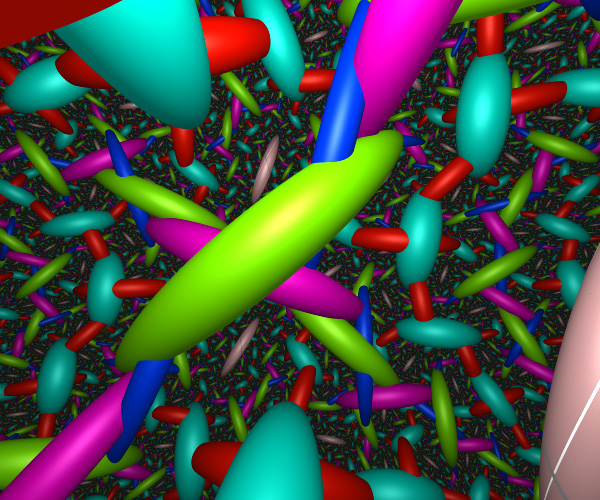
Added drilling any simple geodesic with
drill_wordanddrill_words, not just those that arecombinatorially simple.Added ignore_orientation flag to
triangulation_isosig.Added include_words flag to
length_spectrumfor getting the word corresponding to a geodesic which can be given todrill_word.Support for Python 3.11 and SageMath 10.0.
Modernized styling of the documentation.
Documentation
- Installing SnapPy
- Screenshots: SnapPy in action
- Tutorial
- The snappy module and its classes
- Using SnapPy’s link editor
- Links: planar diagrams and invariants
- Number theory of hyperbolic 3-manifolds
- Verified computations
- Other components
- News
- Credits
- Reporting bugs and other problems
- To Do List
- Development Basics
Credits
Written by Marc Culler, Nathan Dunfield, and Matthias Goerner using the SnapPea kernel written by Jeff Weeks, with contributions from many others. If you use SnapPy in your work, please cite it as described here. If you encounter problems with SnapPy, please report them.
Released under the terms of the GNU General Public License, version 2 or later.
The development of SnapPy was partially supported by grants from the National Science Foundation, including DMS-0707136, DMS-0906155, DMS-1105476, DMS-1510204, DMS-1811156, and the Institute for Computational and Experimental Research in Mathematics. Any opinions, findings, and conclusions or recommendations expressed on this site are those of the authors and do not necessarily reflect the views of the National Science Foundation.